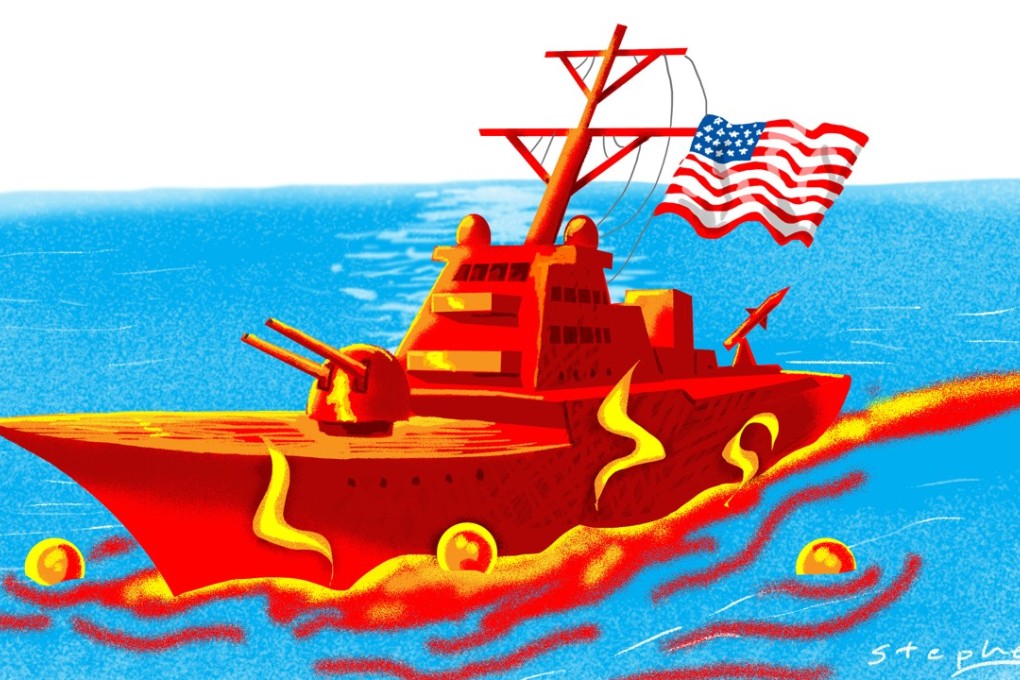US ‘freedom’ patrols in the South China Sea are risky, and may backfire if China is pushed too far
Mark J. Valencia says US gunboat diplomacy in the South China Sea has so far failed to have the desired effect on Beijing, and ‘routine’ freedom of navigation patrols risk dangerous misunderstandings

The operations were requested, considered, and approved on a case-by-case basis, a process subject to delays at each level of decision making. This sometimes resulted in their implementation being interpreted as a response to some transgression by China, rather than routine operations.
Many Southeast Asian countries perceive these provocative probes as political statements
Early in the Trump administration, requests for freedom operations against China were still not being approved. When US anti-China analysts and politicians complained, it was explained that Defence Secretary James Mattis did not want to approve patrols there until an overall strategy was devised. In May, a bipartisan group of senators formally urged the Trump administration to restart the patrols, arguing that: “US engagement in the South China Sea remains essential to continue to protect freedom of navigation and overflight and to uphold international law.”
Subsequently, the US conducted three such patrols in the South China Sea, the first on May 24, when the destroyer USS Dewey sailed within 12 nautical miles of Mischief Reef in the Spratly Islands.